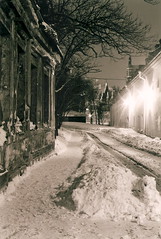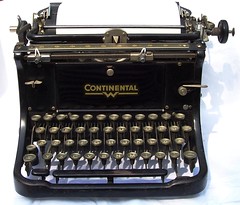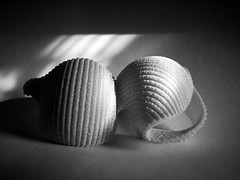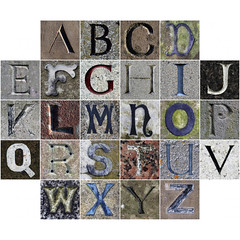A few days ago I heard a snippet of conversation on the radio that got me thinking about my garden. On an NPR program called “On Point,” the writer Sydney Edison described how she had been gardening more than two acres of land for fifty years. “Gardens reflect your life back to you,” she said. “People garden they way they do because of who they are.”
Two years ago, when our son was just a baby, Sean and I watched in dismay as the front lawn got worse and worse, its water drained by the silver maple next door. Once it had reached an irredeemable shade of gold, we finally decided to do away with it, and replaced the grass with a rocky and cascading riverbed surrounded by plants.
We were short on cash, as ever, so we recycled as much as we could. We divided up hostas from the backyard, moved in tiny perennials pinched from the overflow of a colleague’s gigantic property, and dragged out a pile of old paving stones from under the porch to create a tiny patio surrounded by thyme. The potted cedar that our friends had given us before moving to Whitehorse took a place of honour at one edge. Across from it we transplanted our once sad rhododendron that now flowered for the first time in years. (Woody plants, I learned from the radio, get better with age.)
In many ways, I garden how I write. I use my gut and instinct to guide me. I don’t plan beyond broad strokes or have a colour scheme. Riding a surge of energy and inspiration, I put things where I think they’ll be happy or where there’s a bald spot. If it doesn’t work, I rearrange.
I garden because it feeds me in ways I don’t quite understand, giving me a sense of pleasure that little else does. Both my writing and the garden are maps, recording birth, growth, life, struggle, sickness, death, and robust health. And in the corners of both lie shells and stones from beaches and forests I’ve been to.
Like a magpie, I collect these treasures obsessively, shoving pebbles into pockets and dumping small boulders surreptitiously into the trunk of my car. For the garden, for the garden, for the garden, says the voice in my head. Jagged, smooth, flecked: I can’t help myself.
Stolen bits of the world, I place these amulets in a way that tells a story, protects the past, and wonders at life all around.
Listen to “Gardening Gurus Spill the Dirt” on NPR’s radio show On Point here.
[Photo: withrow]











